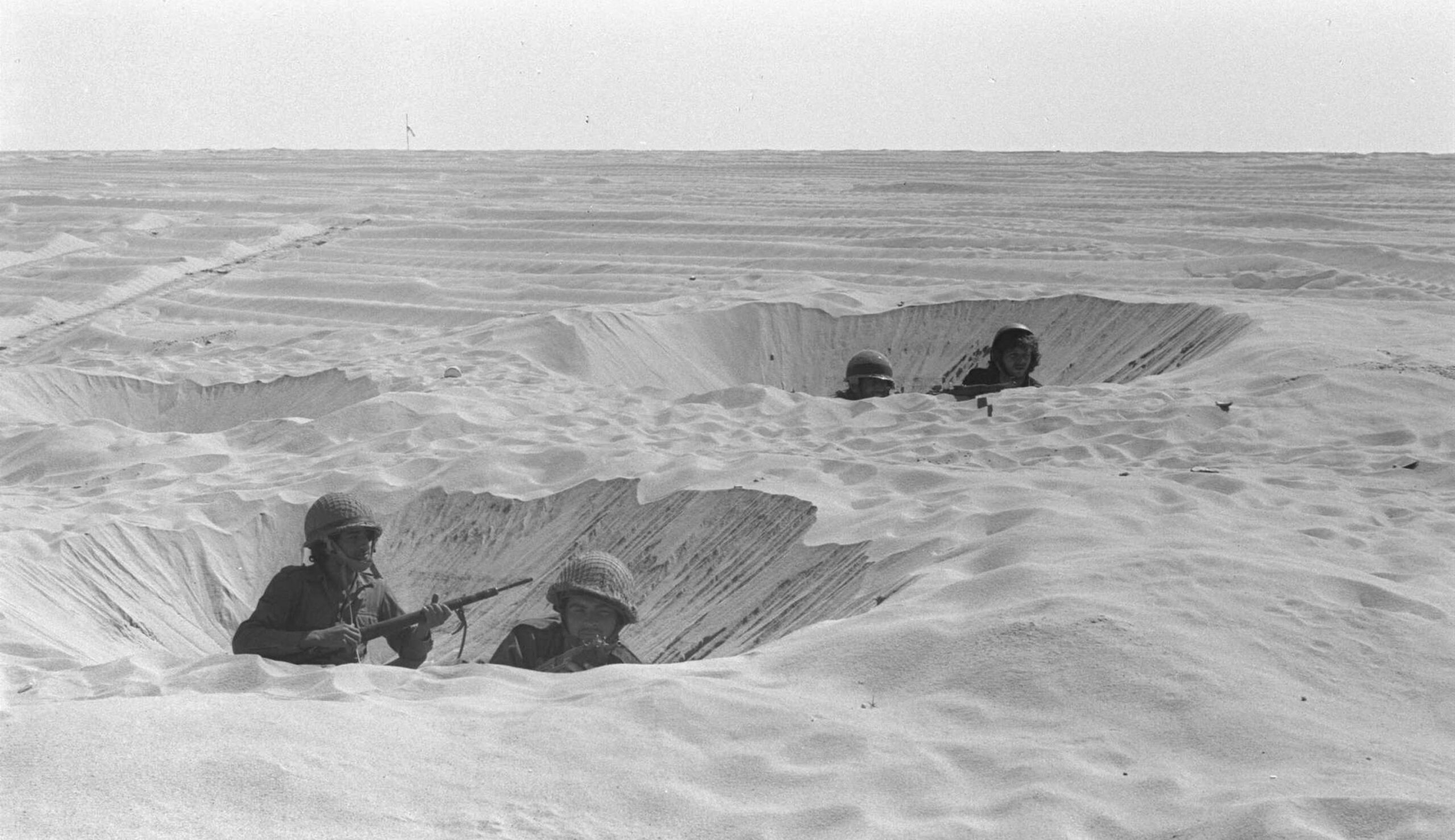From 1918 through 1922, three great avant-garde Russian artists—Marc Chagall, El Lissitzky, and Kazimir Malevich—worked together at a Soviet art academy in the city of Vitebsk. Two of them, Chagall and Lissitzky, were Jews; both had spent their childhoods in Vitebsk. Reviewing a current exhibit at the Jewish Museum in New York City of the works of all three, Shifra Sharlin explains how Chagall was influenced by an emerging, distinctively Jewish style of art, and how he broke with it:
Both Chagall and Lissitzky studied at Yehudah Pen’s art school [in Vitebsk], which opened in 1897, . . . where Yiddish was the language of instruction and no classes met on the Sabbath. Both participated in the ethnographic expedition, organized by [the ethnographer, revolutionary, and playwright] S. An-Sky, to record and collect remarkable examples of Jewish folk art in the Pale. . . . Both got as far away from Vitebsk as soon as they could. Lissitzky was nineteen when he arrived in Darmstadt to study. At twenty-three, Chagall moved to Paris.
Chagall’s early work, before he went to Paris, shows the distinct influence of Pen and An-Sky in his choice of subject matter. Pen encouraged his students to paint scenes from everyday Vitebsk life. [The poet Abram Efros] praised him for his eclecticism, for the way that he combined Jewish “tradition” and modernism.
[Eventually Chagall] left much of that behind. . . . In Chagall’s [later and better-known] paintings, the documentary specificity of Pen’s paintings, and of his own early work, is absent. Viewers could learn little from them about the actual Vitebsk. They could be misled into thinking that it was a shtetl and not a small city with a population of 100,000. . . . Chagall’s paintings neither preserve the details of which Yiddish newspapers Jewish artisans read, as Pen did, nor do they make use of the folk-art elements, as his own and Lissitzky’s earlier work do. And yet, . . . Chagall captured something that has come to be identified with the Jewish spirit.
More about: Arts & Culture, Jewish art, Marc Chagall, S. An-sky, Soviet Union


